|
The easing of social distancing at the end of March brought about the opportunity to resume club trips, in groups of up to six. We wasted no time in heading out with a group of 5 member sea kayakers attempting “The Lancaster Round”. This 27km journey encircles the historic city of Lancaster, beginning on a flood tide up the River Lune from Glasson Dock, before transitioning to the Lancaster Canal at the aqueduct beyond Skerton for the paddle back to the Glasson canal basin. Opening in 1787, Glasson Dock was one of the most important ports in the North West, and traded in spice, sugar, cotton, and slaves from Africa and the Indies. In 1826, the docks were connected to the inland canal network by the eponymous Glasson Branch of the Lancaster Canal, a 2.5 mile stretch with 6 locks. The docks are now quiet and rarely used having been superceded by Liverpool in the mid-19th Century. However, little did the designers know they were providing a facility for 21st Century kayakers to catch a rare opportunity for a circular paddle! We met at 0700 in the public carpark beside the canal basin at Glasson Dock (SD445560), two hours before high water Liverpool to catch the neap flood tide mid flow. Fortunately, this gave us enough water to avoid a very muddy and slippery launch from the beach behind the Victoria Inn (accessed via a short path behind public conveniences to the old sea wall). On the calm glassy water, we were soon making fast progress on the flood up the River Lune towards the City of Lancaster, with the village of Overton to our left and the hamlet of Conder Green to our right. Much of the Lune Estuary is mudflats, and we saw plenty of herons, egrets, shelducks, and oyster catchers. The upper reaches of the estuary are lined in part by long-abandoned training walls, a legacy of 18th Century efforts to keep the Lune navigable for increasingly large trading vessels – vessels which eventually led to the need for the docks at Glasson. On the rising tide, however, there was little evidence of these historic features and we were able to explore the full width of the river, unimpeded by any other traffic. As we rounded the rightwards bend in the river by the Golden Ball pub at Snatchems (SD448615), the City of Lancaster hove into view, the severe-looking castle dominating the skyline. With its imposing presence guarding the River Lune, Lancaster Castle traces its origins back to a Roman Fort, Norman keep, and military development in the 16th and 17th Centuries. Much of Lancaster Castle’s history is involved in crime and punishment, being the seat of power of Lancaster’s “Hanging Judges”, the Pendle Witch trials, and its involvement in transportation of convicts to Australia. Even up until 2011 the castle was Her Majesty’s Prison, but is now open to the public and very well worth a visit! After the initial splendour of Lancaster’s skyscape, we paddled past New Quay and under the West Coast Mainline at Carlisle Bridge (SD471624) to St. George’s Quay, an extensive dock wall with associated 18th Century bonded warehouses at the foot of the city. This forms the original site of the Port of Lancaster before it moved to Glasson Dock to accommodate larger shipping. The old Customs House is particularly impressive, and these days houses the Lancaster Maritime Museum. Paddling through the city under Greyhound and Skerton bridges, we reached the crystal clear waters of the neap tidal limit, and soon arrived at Skerton Weir (SD481633). Though reportedly covered at high springs, at a neap tide the 3-flight weir posed a barrier requiring a short, but well-thought out, portage. On the east side of the weir (SD482631), there is a stony shore on which to land presenting two alternatives for the portage. The first is to carry the boats up a small overgrown path and round behind the flow monitoring station to re-launch down a steep(ish) bank in trees. The second is to heave the boats up onto the weir wall at its eastern-most end, a move requiring a short scramble (which rock climbers will recognise as a smear followed by a mantle-shelf). This has the distinct advantage of re-launching directly from the upstream side of the weir wall, but it is worthwhile taking some cordage to assist in lifting the boats up onto the wall -- Barry’s throwline was invaluable! On the day we did it, those in delicate composite boats took the first option while those in plastics went for the quicker second option. Having surmounted Skerton Weir, we quickly arrived at our next obstacle -- a 60ft portage from the River Lune to the Lancaster Canal (SD484638). By the way, this is a 60ft vertical portage up to the wonderfully ornate Lune Aqueduct which is reported to be the second highest in the country. Again, there are two options for the portage with both beginning by landing on the eastern bank of the Lune underneath the aqueduct itself. From the landing site, we crossed the Lune cycle path and found the bottom of a steep flight of steps up to the canal on the south-facing side of the aqueduct. The plastic paddlers simply carried their boats (two person job!) up the steps – a short portage requiring a goodly amount of huffing and puffing. The composite paddlers opted for a longer, but rather more gentle, portage up the nearby cycleway to the tow-path a little further to the east along the canal. On reaching the canal tow-path both options are rewarded by astonishing views up the Lune valley to the Yorkshire Dales to the east, and over the city to the Irish Sea to the west. Time for our first lunch! After a sandwich and a cup of tea, we put in on the Lancaster Canal to begin the southwards journey; the altitude of the canal above the city provides splendid views over Lancaster to the Port of Heysham. All too soon, however, the views are eclipsed by old canal docks and warehouses built to bring cotton to Storey’s Cotton Mill in Lancaster. The warehouse is now home to the White Cross pub (SD479614) which, in non-Covid19 times, would have provided a pub lunch if we were daring enough to disembark up a 2ft high wharf! With no such option available to us in April 2021, we paddled onwards past the Lancaster University “Chancellor’s Wharf” residences and the Waterwitch pub to where the buildings fall away and the countryside opens up again towards the village of Aldcliffe. From here, the canal enters a deep shady cutting lined with trees, ramsons, and ferns growing from the banks. We had left a car in a layby at Deep Cutting Bridge (SD472593), providing an escape route should members of the group be tiring some 17km into the trip. However, no such escape was needed and we paddled on south out of the cutting to open fields and the village of Galgate -- a long, but easy stretch of the canal. In Galgate we arrived at the important canal junction (SD481545) where we were to turn westwards onto the Glasson Dock branch of the Lancaster Canal to take us back to our starting point. After a brief altercation with a rather amorous swan, we took the opportunity to run ashore for a sandwich and more tea and to contemplate the 4km journey back to Glasson Dock down a flight of no less than 6 locks. By this time a cold westerly 10 knot head wind had picked up, which combined with the necessary portages around the locks was to slow our progress back to the cars. Nevertheless, we pushed on down the branch canal landing and launching on the grassy banks beside the locks. It’s worth noting that in several places the banks are festooned with stinging nettles, ready to pique an unwary paddler as they get in and out of their boat! Heading westwards, for the first 3 locks it is possible to use the bank as a slipway for launching -- but beware getting your skeg box caught on the bank and (almost!) taking a swim. For the last 3 locks, it is possible to portage down the overflow spillway which provides an easier and hence quicker way to get round the locks. From the last lock at the Thurnham Mill hotel (SD460554), we had a hard 1500m paddle against the wind (somewhat reminiscent of this painting) but eventually arriving back into the Glasson Dock canal basin. After a quick tour of the basin, we landed on a small slipway at the eastern end of the basin (SD447559) close to the public car park. Overall this trip took us a little short of 7 hours to paddle 27km, with time to effect various portages and stops for a bite to eat and drink. It’s rare that we get to do truly circular paddles on the UK mainland, and combined with the history this route takes in it is a gem worthwhile for paddlers at all levels. We all agreed this should become a club regular!
1 Comment
With an unseasonably mild forecast the call went out - who's up for an overnight canoe trip in the north Lakes - and before long we had a plan hatched... Judith, Ed and I would spend 2 days paddling canoes from Grange in Borrowdale to Isel Bridge on the lower Derwent with Liz joining us on the Saturday on her sea kayak. The necessary permits were aquired from Derwent Marina who kindly agreed to look after Liz's car in exchange for a dontation to Keswick MRT, a far-from-straightforward shuttle was set up despite the massive pressure on car parking places in Borrowdale (half-term week, be warned!) and the trip was on... The forecast came true; warm, calm, sunshine, blue skies. Is this really February in the Lakes? The Derwent delivered as ever, views opening up on fabulous scenery as snaked our way down river and onto Derwentwater. Across to the west shore for a quick lunch stop at Manesty where our accomplised cake bakers established just how well fed we are on club trips; Ed and I took full advantage of this rather than be seen as ungrateful! We arrived, all to soon, at Derwent Marina. Over a quick coffee and with furtive glances at the grey cloud tearing along the valley, we said cheerio to Liz. The wind and rain arrived in earnest and so it was in a quickly built raft, paddled by the remaing team of 3 we struck out, back up the lake to St Herberts Island and our home for the night. Tents were quickly pitched, stoves lit, brews brewed and a stunning sunset appeared as the clouds evaporated... Do you know how nocturnal geese are? Or how vocal they are? No, neither did we! After what seemed a long and seasonably cold night, an inversion wrapped the lake like a light duvet, gifting us incredible breakfast time views as the mist lifted and sunlight broke though. A morning of great promise and excitement amongst the team... Before long brews were enjoyed, porrige eaten, camp broken, kit packed into drybags and boats loaded. We were on our way; day two with the middle Derwent, Bassenthwaite and the lower Derwent in glorious sunshine ahead... The middle Derwent welcomed us with gentle paddling for best part of an hour before opening out onto Bassenthwaite Lake. As the lake widened the gentle breeze picked up and was heading straight towards our destination at the northern end of the Lake! Time to raft the two big canoes, find a suitable pole and get a sail up... ... all aboard the skylark! Rest those shoulders and maybe use the towed canoe as a platform to film the whole shebang? Let's just say that the idea was better than the execution: no filming took place, the lake water was as cold as might be expected for February and Ed and Judith's "man overboard" drill executed efficiently and effectively. Thank goodness for Buffalo clothing and Barry, say hello to Ducky, the club's new swimming buddy! Arriving at the top of the river we quickly dismantled and stowed the sailing rig, snacked, organised boats, emptied (my) welly boots and began to think about journey's end. A decent way to go yet though and still some scenery to enjoy. Isel Bridge was our destination and it was with big grins that we eventually arrived. An easy landing and carry to a nearby layby, the faff of loading up, recovering vehicles, stowing kit and, for me at least, getting into dry clothes and eating cake saw the sun begin to set, literally, on our adventure.
Thanks to Liz, Ed and Judith for a fantastic couple of days and here's to many more! With the calm weather continuing and a 9.7m tide (Barrow) due, yet another cheeky paddle from Low Wood to Greenodd was called for... Though cold, the light mist and soft January colours added to the atmosphere as we were carried downstream by the ebbing tide. Thanks to Judith, Tina & Phil, not a bad way to spend the first working day of the week - for some!
The bright, calm weather forecast combined with a well-timed 9.2m tide gave eight of our members cause to agree that the estuary might make for a good trip - and they were right. 6 sea kayakers and a pair of open canoeists floated down with the ebb tide on a brightening morning, enjoying hazy spring colours and expansive views as the river slowly wound its way towards Morecambe Bay. Hazelhurst Point provided a comfortable viewing platform where we enjoyed a lazy lunch break with atmospheric views towards Ulverston, Chapel Island and the Bay. A little apres-lunch bouncy water under the railway viaduct woke the more lethargic of us up for the last few kilometres down to Canal Foot and our landing place at Paradise where the low angle of the sun made for a spectacular view of Chapel Island. Happy daze!
The forecast was for F2-3 from the NW, cloudy and cold. What we actually got was rather different....!
According to tradition a whitewater outing forms part of my birthday celebrations. Not North Wales or Scotland this year but a cheeky dash to Keswick for a blast down the much changed Greta. Excellent couple of hours with my son Andrew and best buddy Ed with Judith doing the honours as victualler and shuttle bunny - thanks all! Far too busy to get the camera fired up but it was good to see so many members and guests make the most of the warm water in Ulverston Pool this afternoon. I hope that all got as much from the session as I did - reinforcing my off-side roll has boosted my confidence! Lots of good skills on show with smiles all round; thanks to all involved!
Just on dark as we left the ferry pier at Roa... Pulled by the flood tide and pushed by a blustery wind we were soon up by the training wall off Roose. Bright lights ahead drew us alongside the light show that was the work boat fleet moored off Paddy's Quay. The slight turn of the channel gave more sheltered conditions past the big beige shed, dodging moorings and under Jubilee Bridge before landing at Ferry Pitchings...
Another fine evening, more paddling in the dark. Must try it in daylight for a change! Early summer 2016. Barry made a suggestion which filled me with horror (horror #1) - when we go to Scotland paddling we should go on a multi-day trip and wild camp. Having had brief, and what I deemed unsuccessful camping trips with my 3 children many years ago, I still bore the scars of such ‘adventures’. My reaction became the topic of numerous conversations and teasing by our paddling friends, two of whom wore me into submitting to a two night trial camp at Kirkcudbright. Trial camp (in a largish tent) complete with THICK cosy down sleeping bag was a success; evenings in Phil and Tina’s camper van helped to convert me! Offspring stunned by my positive reaction, the trip planning commenced. After a couple of days relaxing around Oban and a maiden voyage in my new kayak from Easdale to Cullipool (Luing), the trip was drafted. The relaxing time included an introductory ‘look’ at Cuan Sound from the land; horror #2 to a novice sea kayaker. Following the stunning sunsets and weather we had enjoyed I was being lulled into a positive sense of adventure, however there was still an underlying sense of fear and trepidation. ‘The day’ dawned. The usual beautiful west coast scenery became less visible during the drive to our departure point at Arduaine; the clouds drew in, the driech sky turned to RAIN and the wind picked up. ‘Stay calm, breathe, and Man up Woman’ was a mantra I swiftly adopted. Arrival at Arduaine provided a stunning view of WAVES and a blank grey wall (horror #3). Thankfully Barry was in ‘need’ of coffee so a visit to Kilmelford was necessary - thank you for the excellent time delaying tactic! Coffee consumed, grey wall now dotted with hints of blue and bearing ever increasing glimpses of distant islands, we left the warm dry confines of the car to unload our kit and pack the kayaks. Lesson #1; How to pack a sea kayak for a multi-day trip successfully completed. Off we launched… The waves seemed large to me, combined with paddling straight into the wind I adopted a mantra of the day “Breath, relax, sit-up, chin up”. Being of slight build, the load in my kayak improved the stability and my ability to track through the waves and stay on course. On the occasions I manage to break the deep concentration, moments of humour with hints of horror were spotted on Barry’s face! Pausing in the lea of Eilean Creagach a water container was moved to behind my foot pegs to weigh down the bow of my boat, reducing my airbourn time. Lesson #2; how to trim a packed sea kayak to suit the conditions swiftly followed (at my request) by lesson #3; adjust foot pegs for maximum performance. Adjustments made, seals chatted to, birds spotted, otters sought but not seen, it was time to paddle; our target now the north of Shuna. This next passage had a reduced repeat of the mantra and occasional hollers of ‘yee haa’ (not by Barry!). Landing in a bay on the north of Shuna I realised that the rain had stopped, the grey clouds had mostly lifted and the wind had eased. Well-earned lunch was eaten and drunk, the north and easterly views across to Loch Melfort and Degnish were enjoyed, yet the north westerly view towards Cuan Sound had a certain person’s back turned to it. Off we paddled towards our planned first campsite on the southern tip of Luing. Rounding the northern tip of Shuna and paddling to the east of Luing provided shelter from the wind; paddling in calmer water now seemed tame and not as exhilarating but provided the ideal opportunity to refine our techniques. Salmon farm passed, herons spotted, games of hide (or plunge) and seek played with diver birds, the calmer conditions provided opportunities to enjoy the pleasure of the wildlife, the scenery and nature of the Islands. My muscles began to feel weary as we rounded the southern tip of Luing at low tide, to the distant but noticeable sound of the infamous Gulf of Corryvreckan. “After we have pitched the tent and eaten maybe you would like to go on a solo paddle across to the north of Jura” ………… em, that would be a “NO”! Legs stretched, boats unloaded, and cows and calves firmly told to stay away from the tent, said tent was pitched, kettle on then beachcombing began for fire wood. Food always tastes better outdoors, especially when the potatoes are roasted on a stick on a beach fire and smothered with mayo and butter. We were blessed with an amazing but typical West of Scotland sunset as a perfect end to day one. Weather and tides were duly checked for tomorrow; paddling by 8am to catch the slack tide at the dreaded Cuan Sound! Day 2 dawned damp and slightly overcast. Porridge eaten and boats packed we were on the water at 8am. The sea was a millpond and a good pace was maintained for the first section of the journey. After refuelling at the Cobblers of Lorn we left the eddy of the bay to meet an increased ebb flow. At last the paddling was more exciting and challenging than the first few km on flat water. Horror #3 was soon to present itself; swift moving ebb tide flowing between two small islands requiring river / white-water eddy hopping and ferry gliding skills, both of which I am relatively unpracticed. Return to Day one Mantra. Success and a great sense of achievement were soon to be short lived. Another ferry glide and eddy hop around the next outcrops presented the view of Cullipool and Easdale, both of which were across the other side of a FAST flowing ebb tide (consisting of the whole of the North Atlantic!). Mmmmm. Let’s just say that this outcrop has been named ‘5 Options Point’ and was eventually, successfully paddled with the aid of a tow line (thank you Barry), which remained firmly attached (at my behest) until the coast of Luing was reached. The tow line was option #2; #1 was to paddle solo, but that was a definite “NO” on my part! The familiar territory of Cullipool north bay was reached successfully and presented my first surf beach landing experience. Food eaten, teabag hurling contest won (there lies another story), it was surf launch and onward to Cuan Sound … The final section of the North West coast of Luing gave Barry the perfect opportunity to play in the waves and surf by the shore; A.N.other was happy to paddle further out and save her energy for said Cuan Sound. Barry reached Cuan Sound first and patiently waited. “What do I do?” ”Paddle straight towards me”. “But what do I do?” ”Paddle straight towards me…………….now……PLEASE”. Eddy line crossed. “Two hard left paddle strokes then paddle to the first eddy on the right.” “ok.” Really don’t know what all the fuss had been about; easy! Following a ‘dance’ with the ferry we had the most tranquil paddle between Torsa and Luing. Calm sea, abundant plant life, shallow water displaying sea life in all its glory, with herons which are of deep significance to me, gracefully watching and flying with us until we reached Seil Sound. During this final section of Day 2 I saw otters for the first time in my life; a memory that will never leave me was soon to be enhanced. Night 2 campsite was selected at the head of a small bay. The routine of evening one was repeated just before the rain started; perfect timing. Day 3: my deep sleep was ended by the brilliant morning sunshine and the sound of the otters playing in the bay beside the tent. Heaven. A leisurely morning was enjoyed watching the wildlife whilst taking the opportunity to dry kit and make the most of the glorious weather. Boats packed, off we set in a moderate SW breeze under brilliant blue sky. Island hopping through Loch Shuna with clear visibility provided an opportunity for me to learn navigating on a bearing via Scoul Eilean and Eilean Gamhna to Eilean Creagach. Yet another type of paddling condition was experienced; a slight swell with the breeze on the stern corner of my boat whilst paddling across an open stretch of Loch Shuna required me to have a set transit point otherwise I would not reach the car. All too soon we reached the mainland. Boats beached and unloaded, car packed it was time to set off back to Yorkshire via Cumbria. I learned more in the 3 days paddling than in the previous 12 months since I started kayaking – thank you Barry. Apparently this autumn I am also getting a river boat and will learn open canoeing. Bucket loads of patience required by Barry!
I find myself reflecting on a phrase I often used to my 3 when they were much younger; “You can’t have an opinion until you have tried it”. I have tried it and I have a valid empirically tested opinion – WILD CAMPING IS FANTASTIC. When can we go again? Note - this was not an UlverstonCC trip but is temporarily included in our blog in order to test and populate it until more club trips are blogged... |
Our Blog is our story...Please contribute and email your words and/or pictures of club activities to [email protected] Archives
April 2021
Categories |
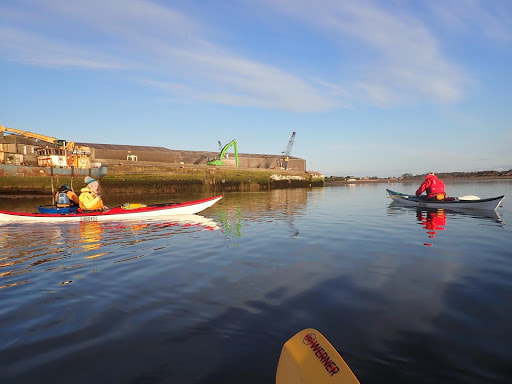
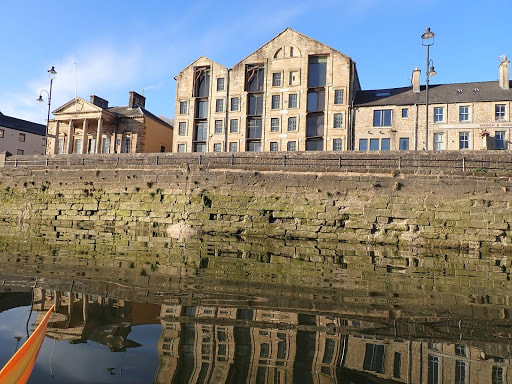
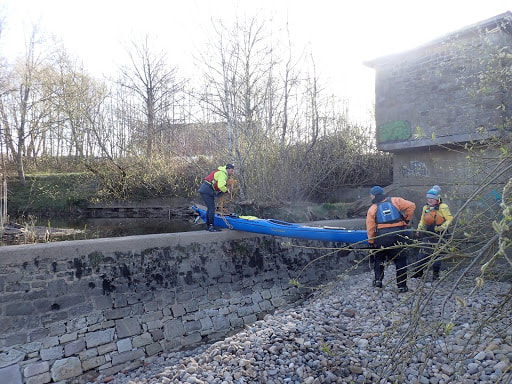
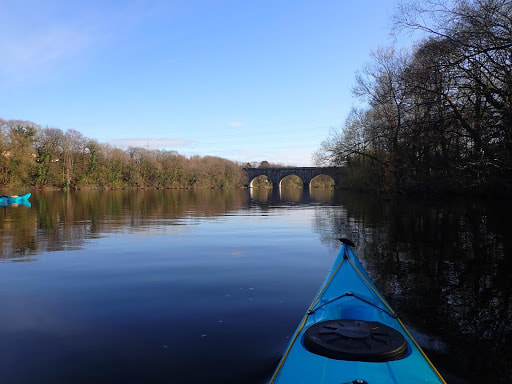
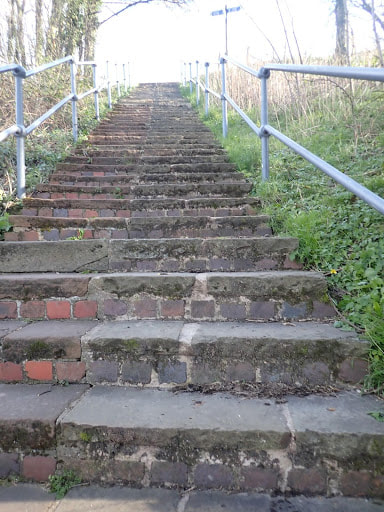
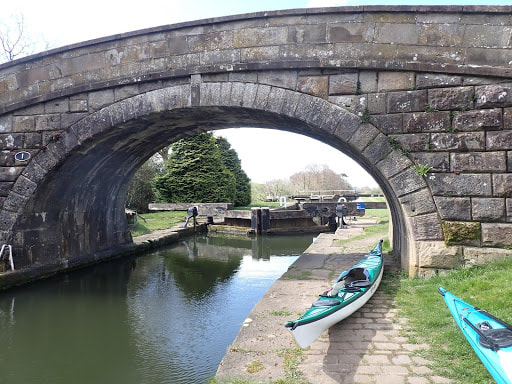
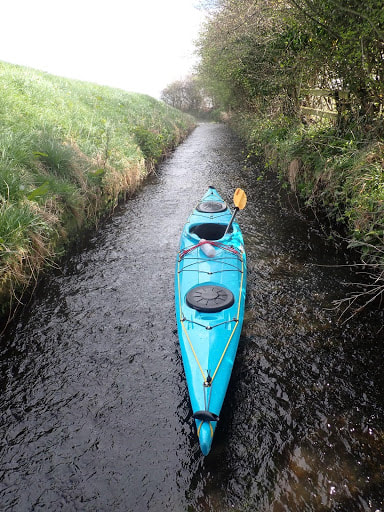
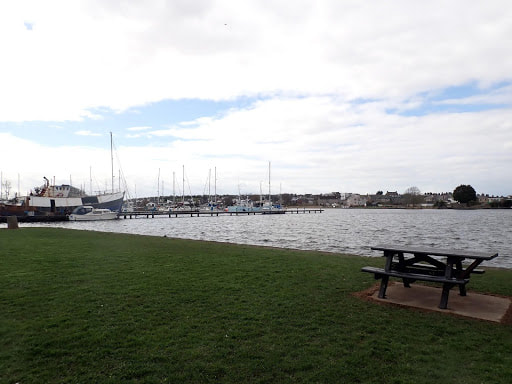
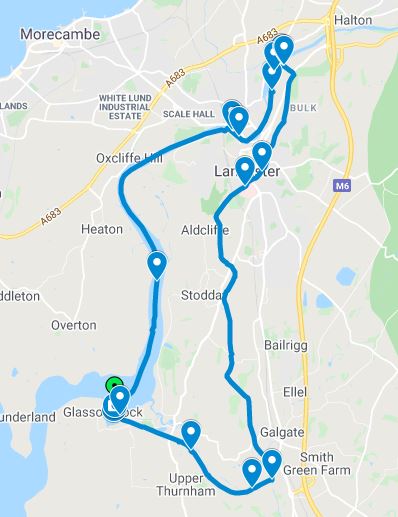
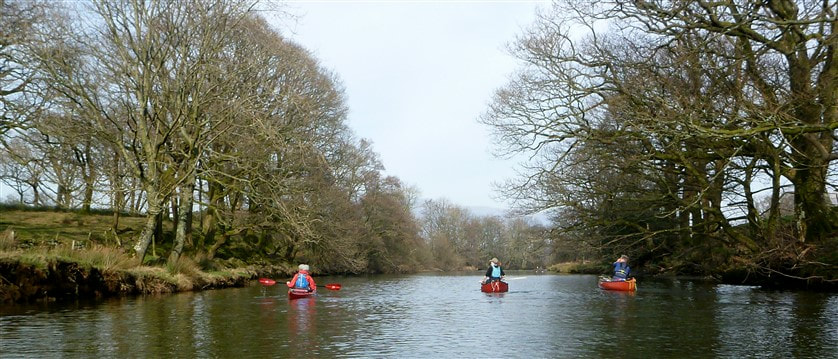
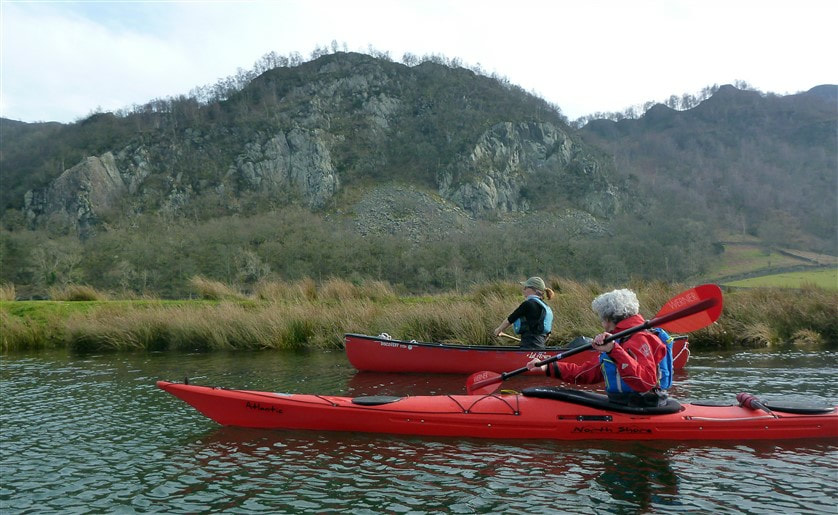
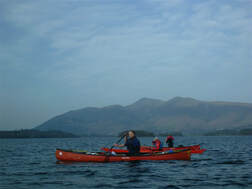
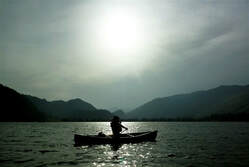
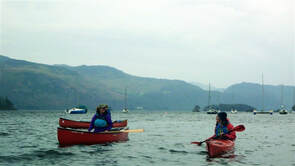
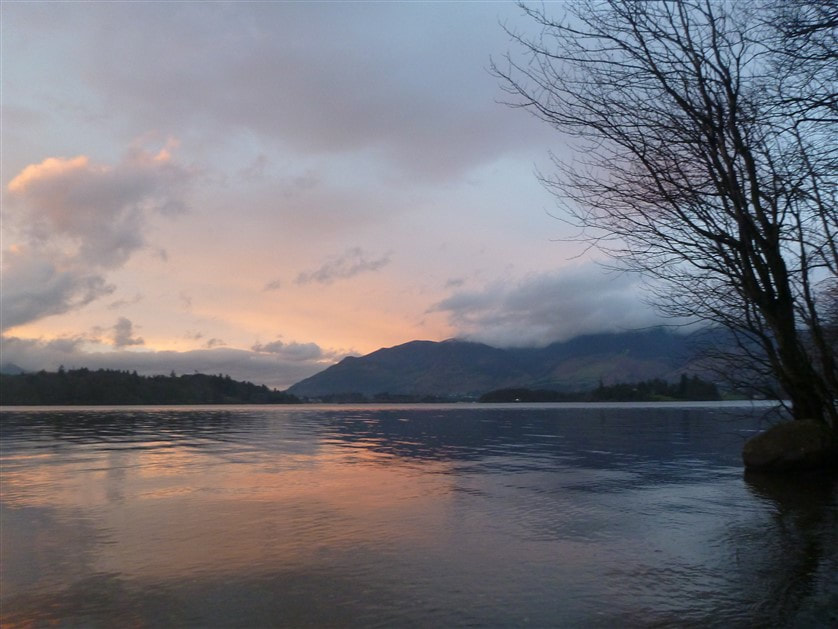
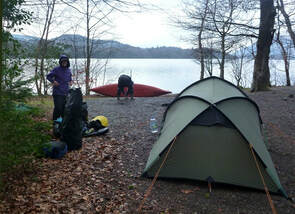
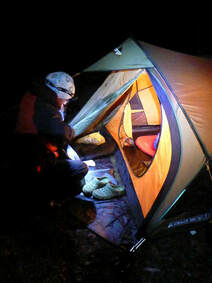
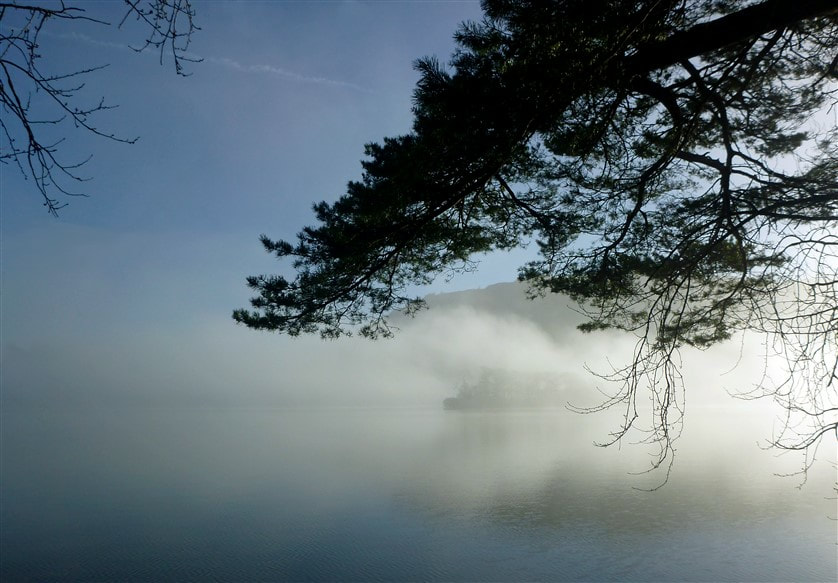
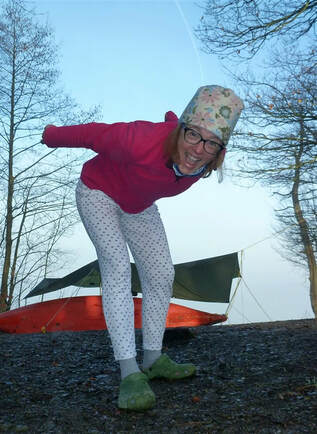
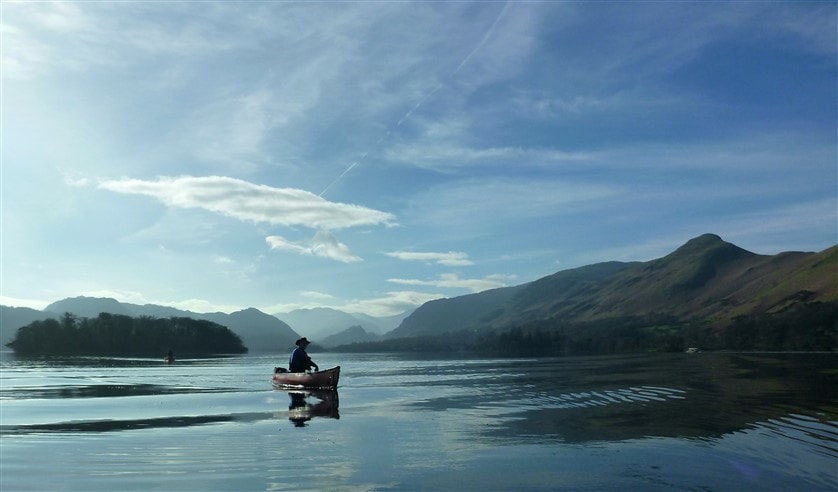
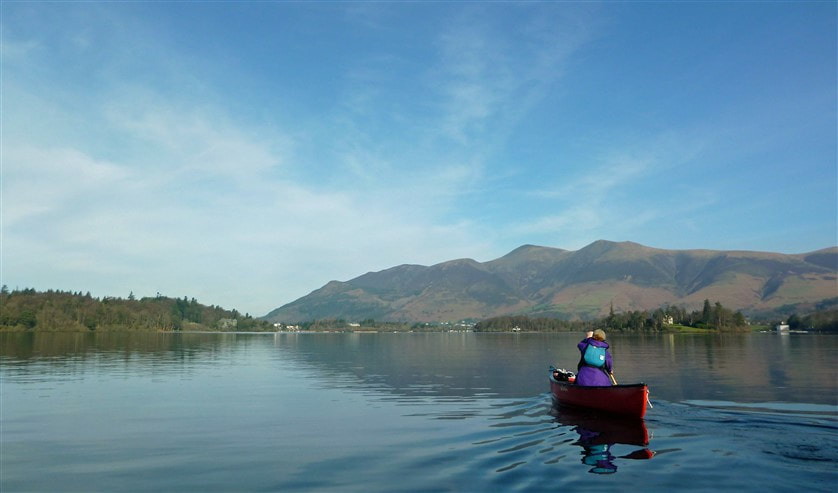
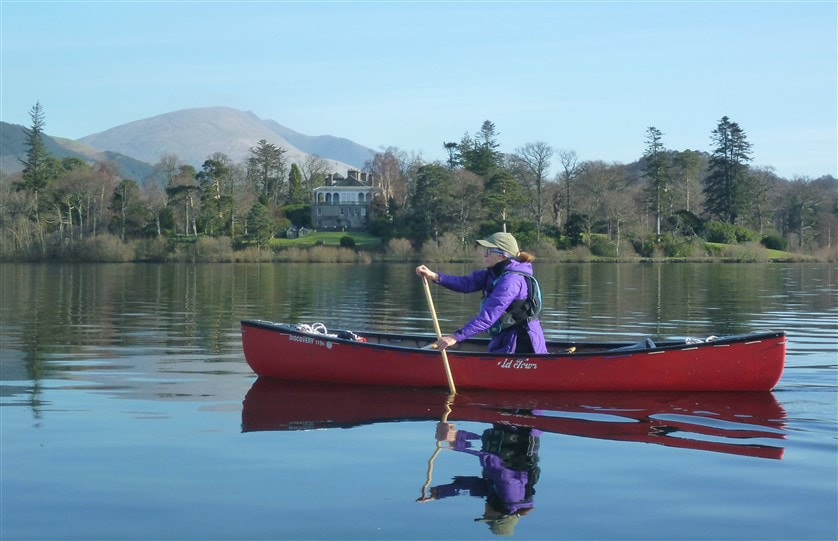
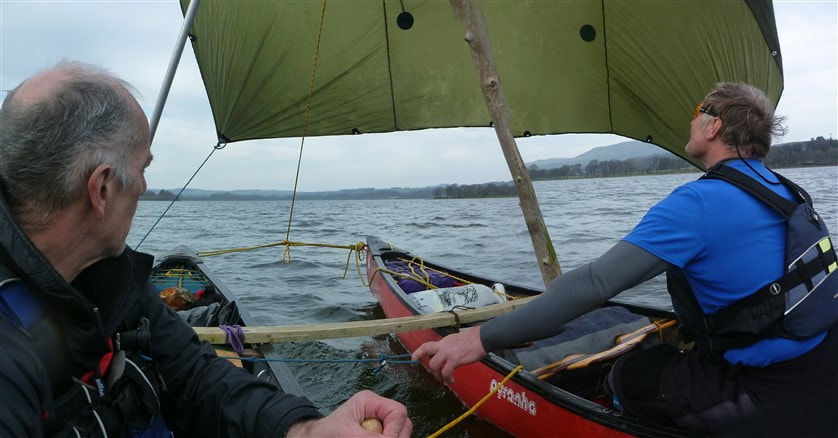
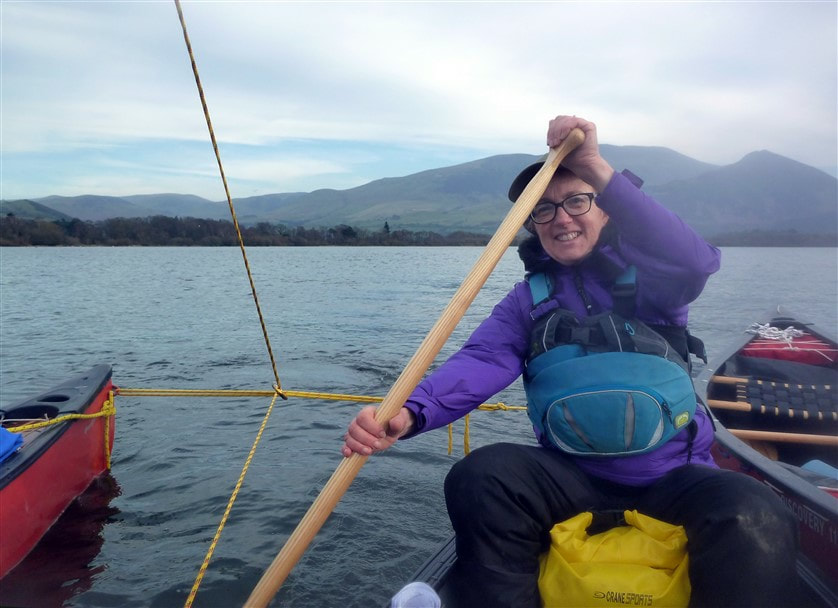
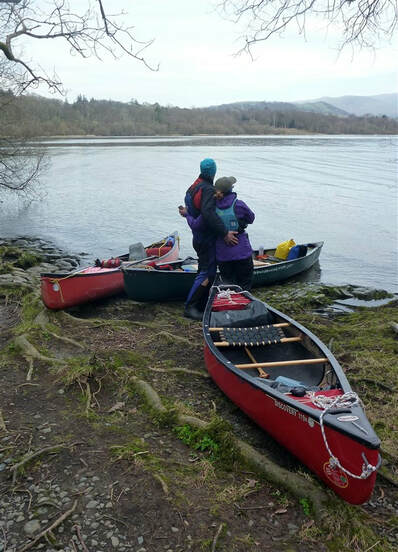
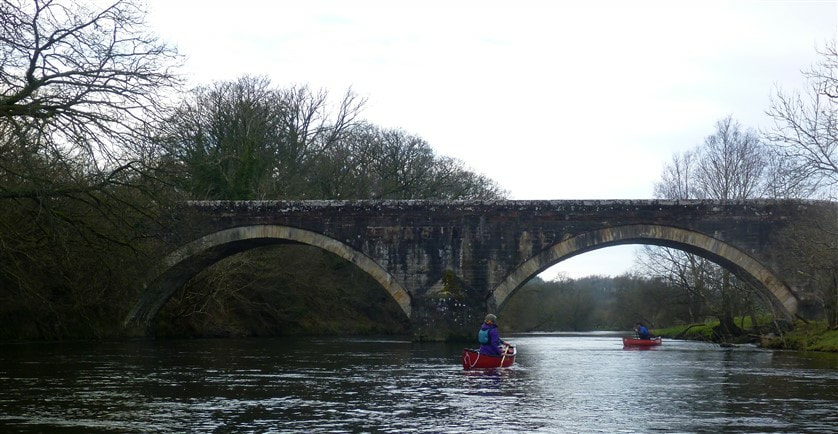
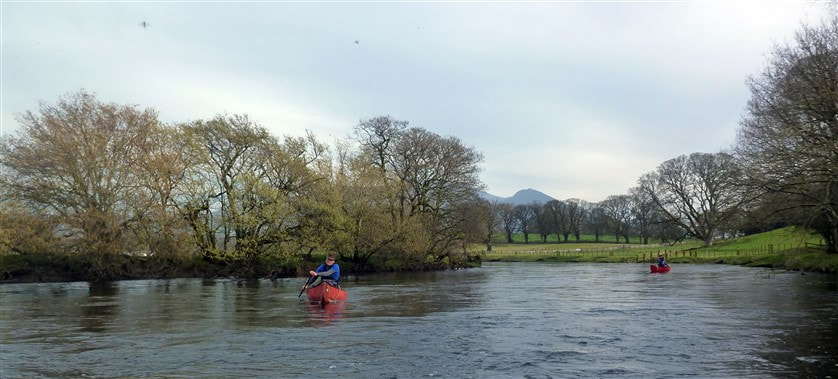
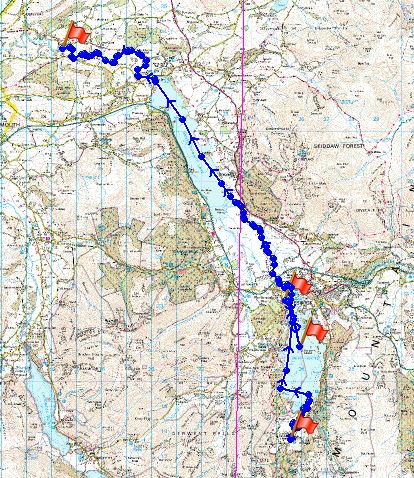
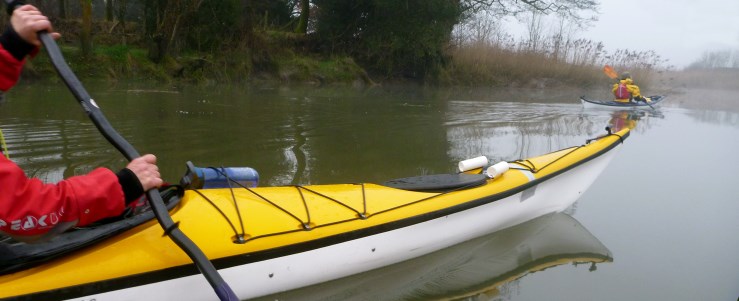
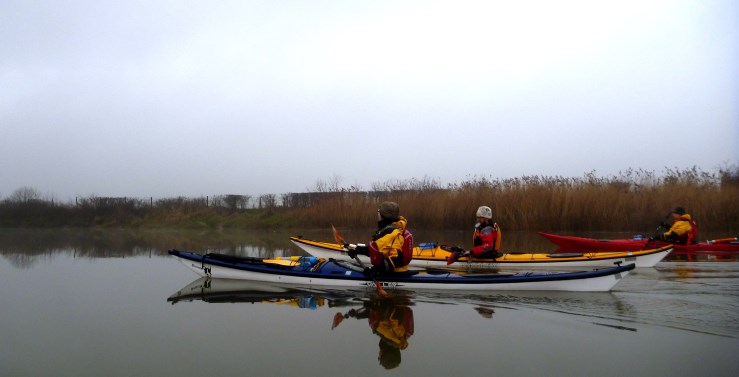
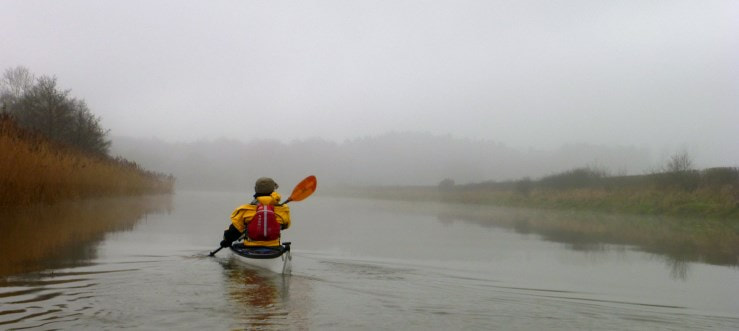
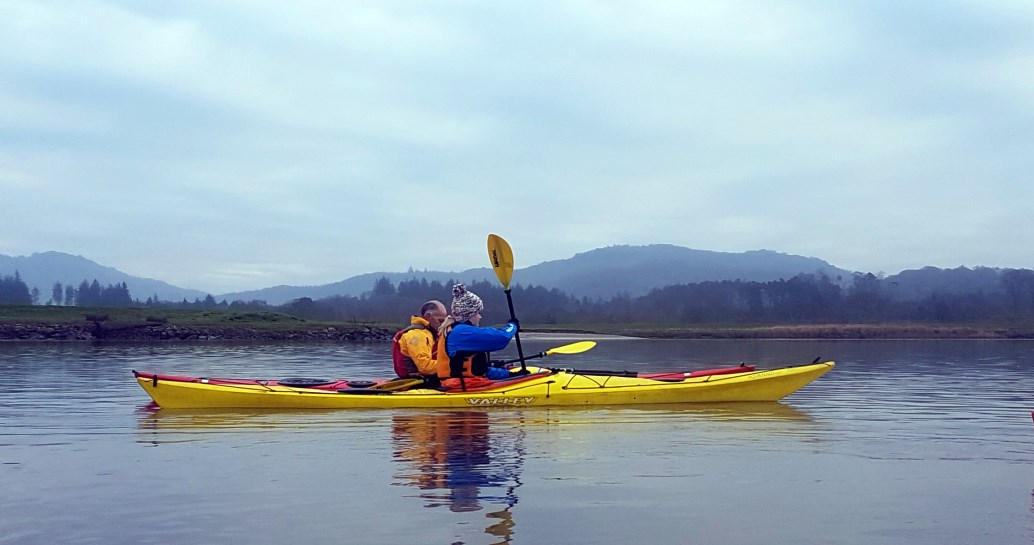
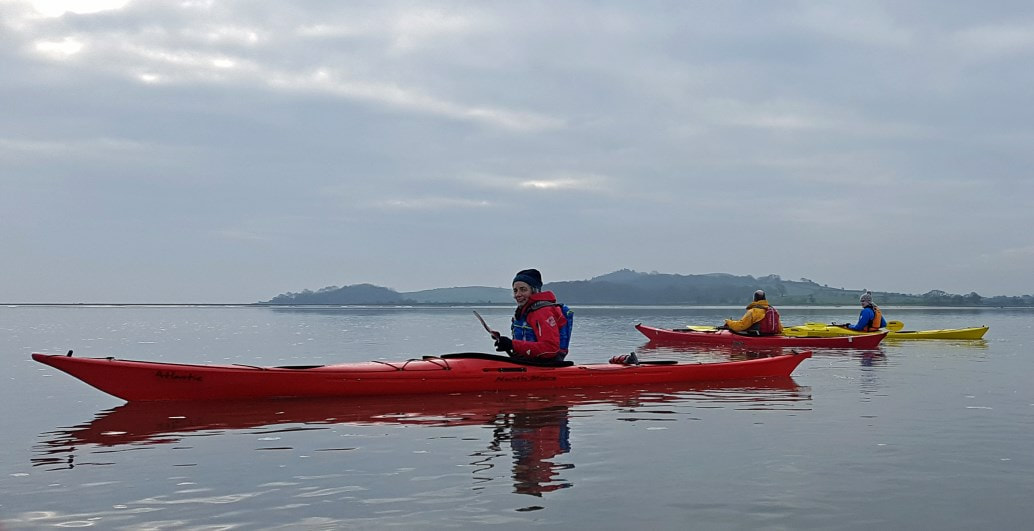
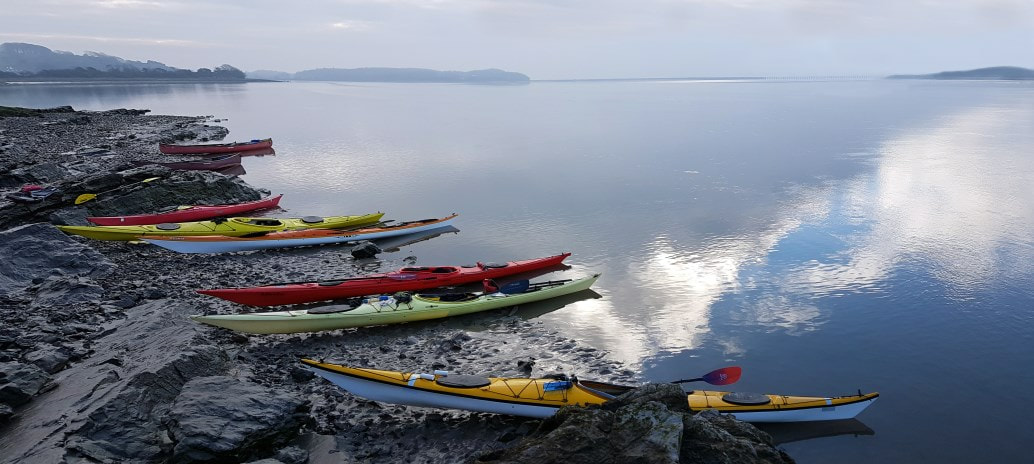
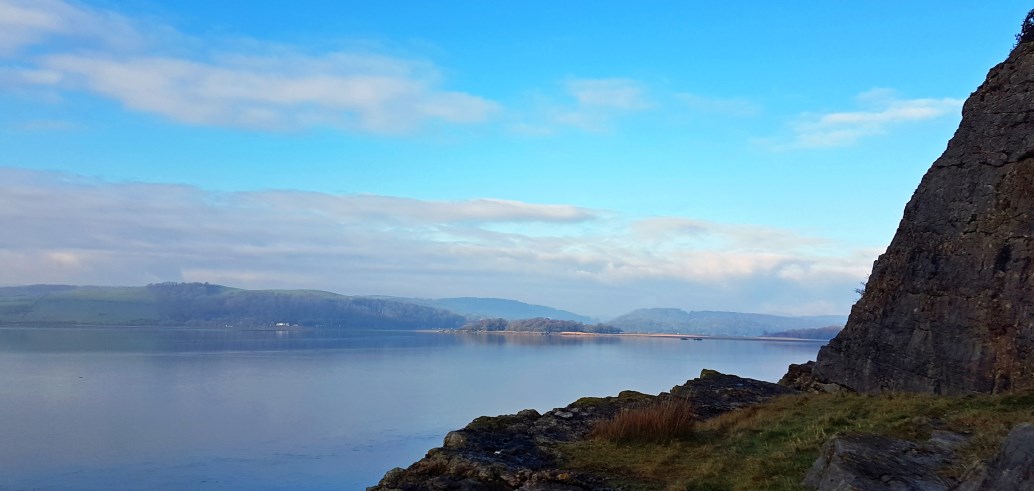

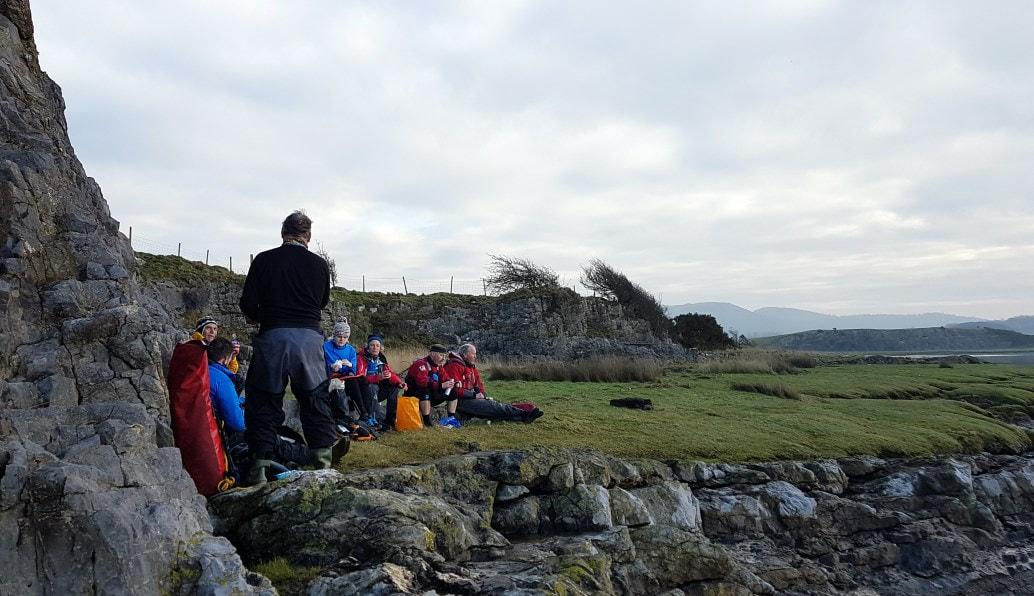
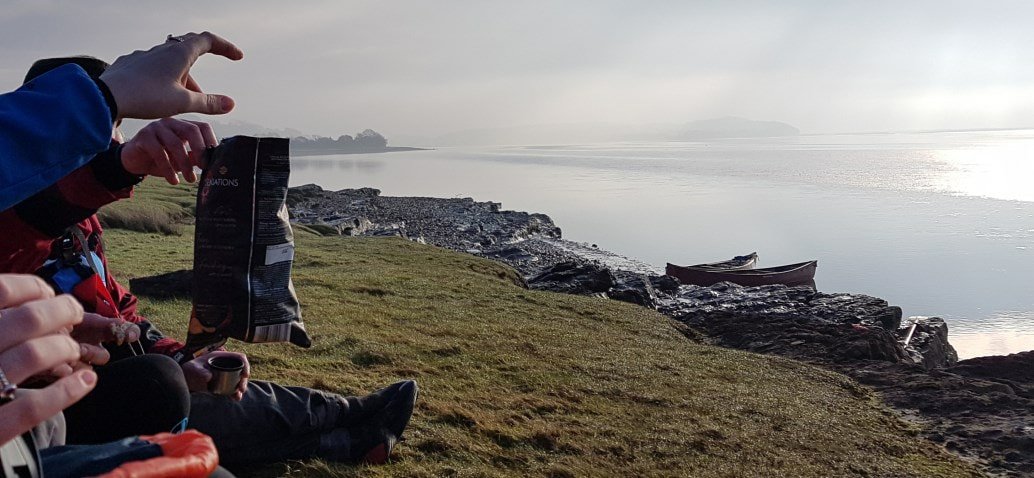
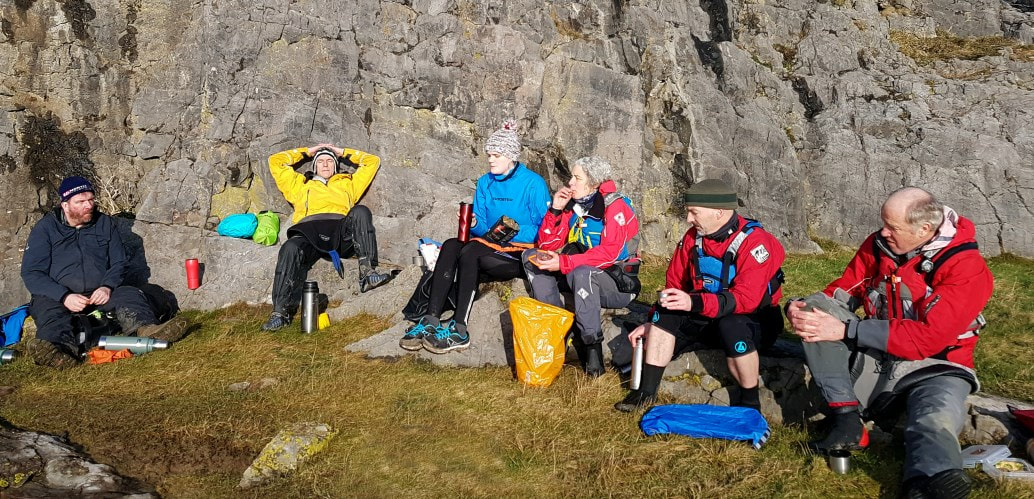
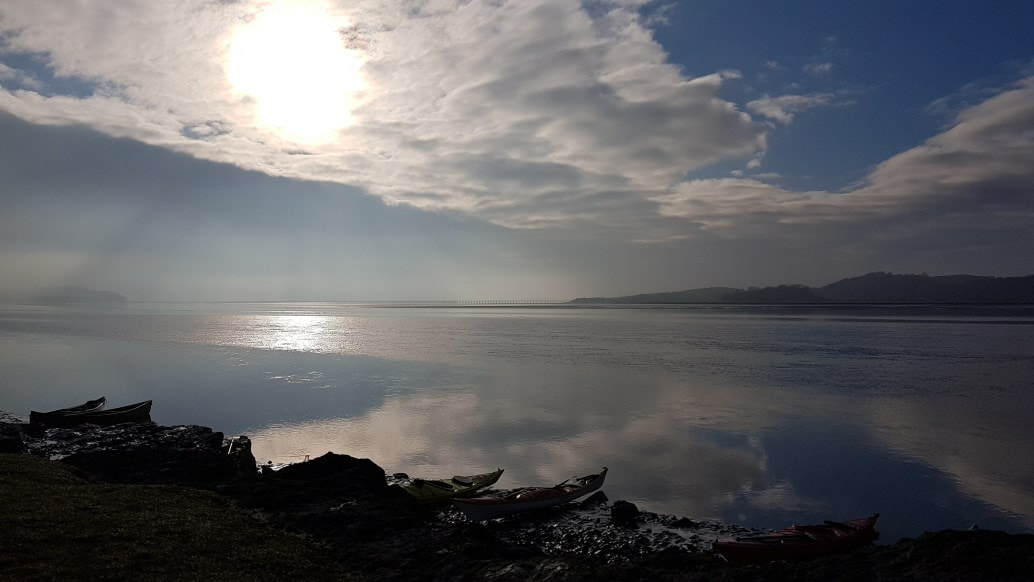
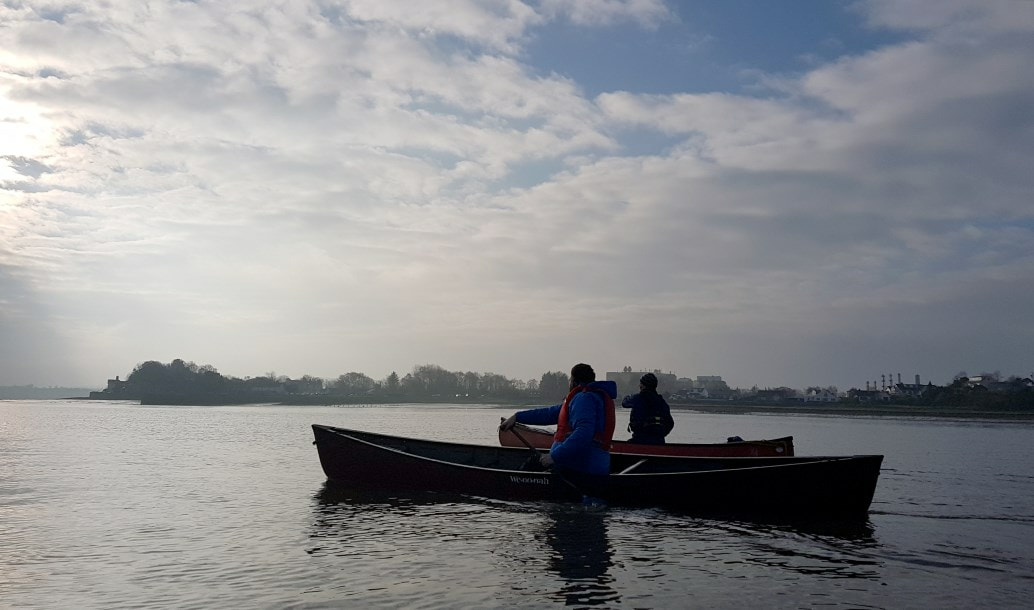
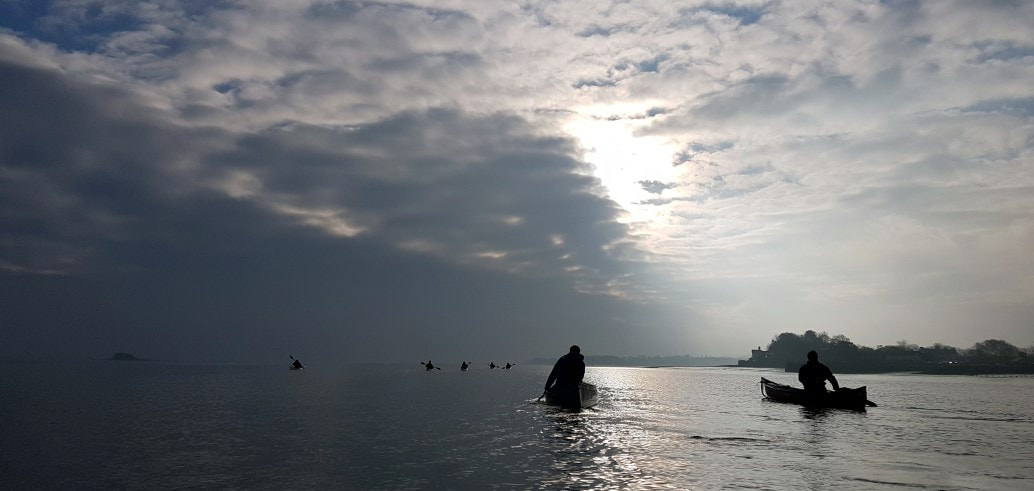
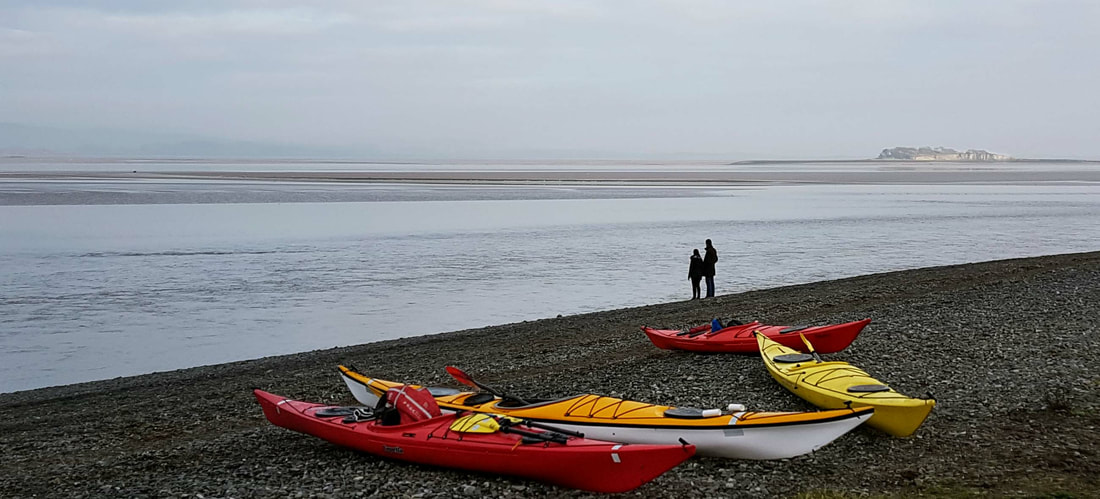
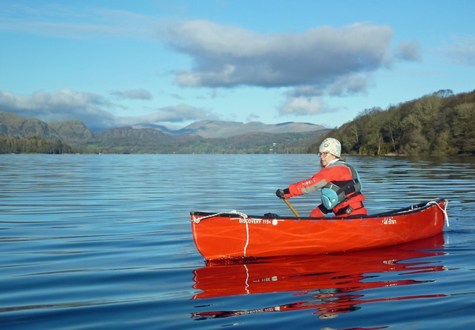
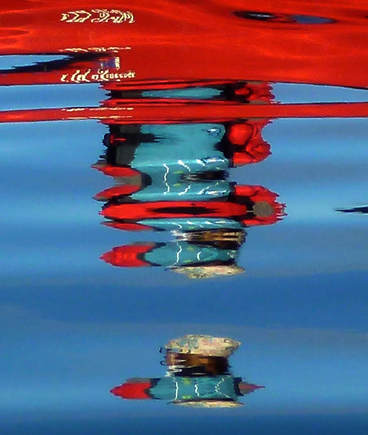
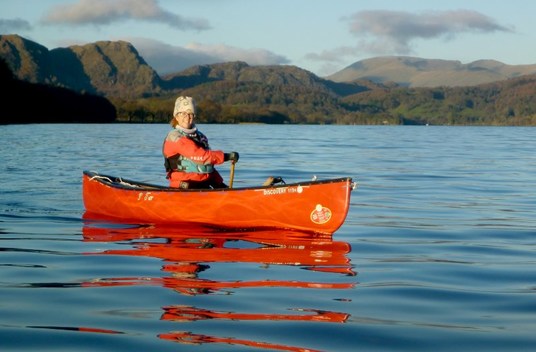
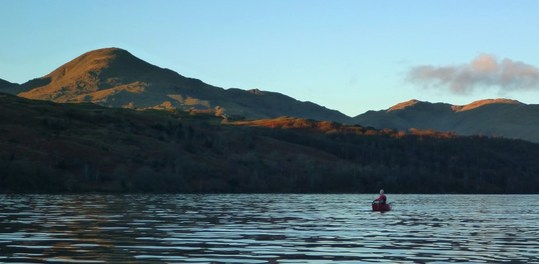
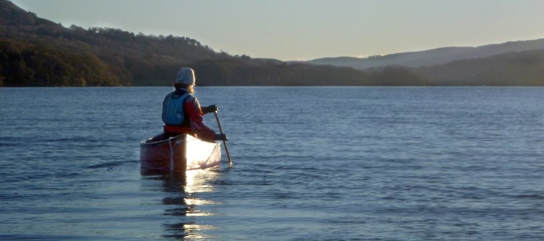
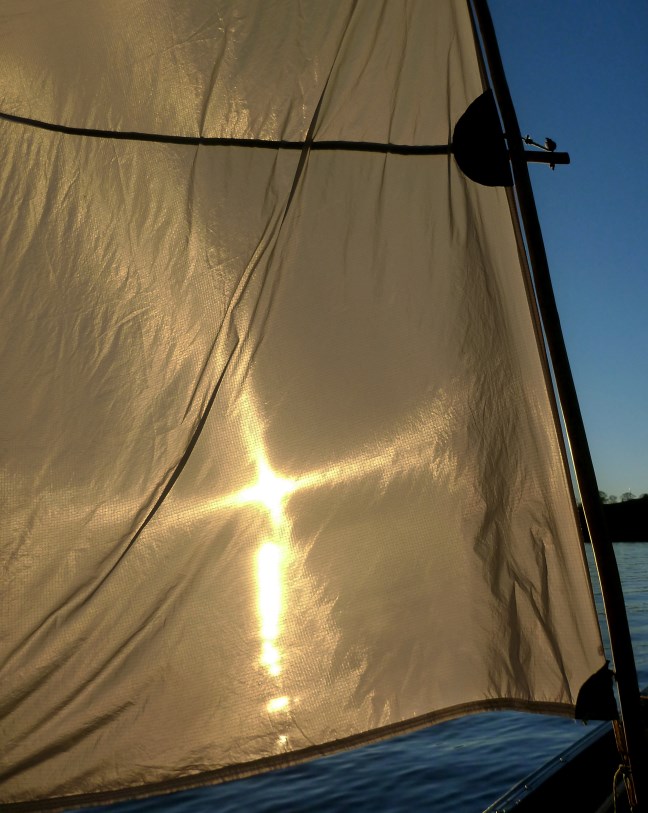
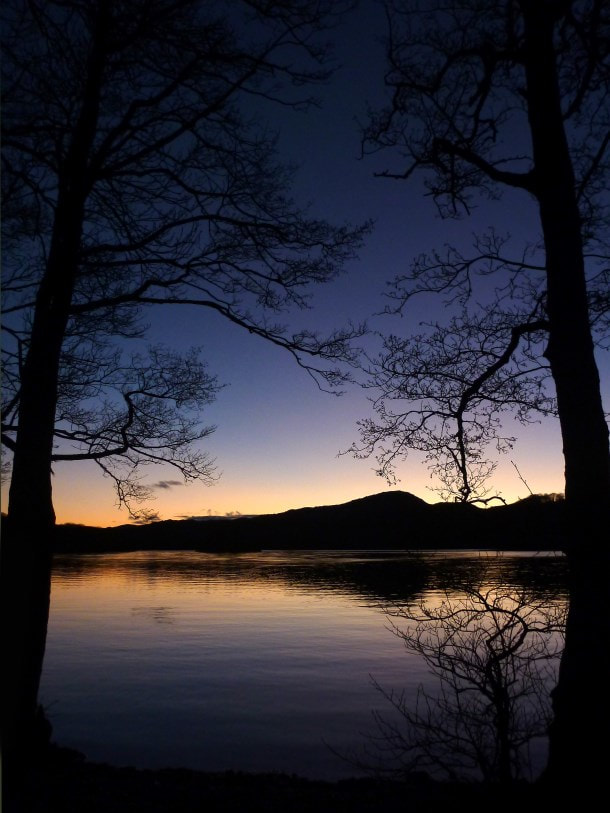



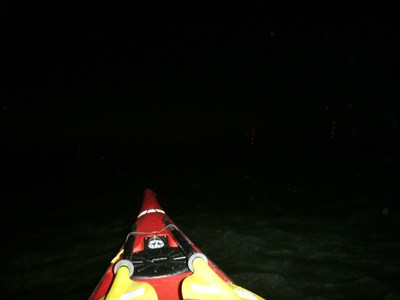
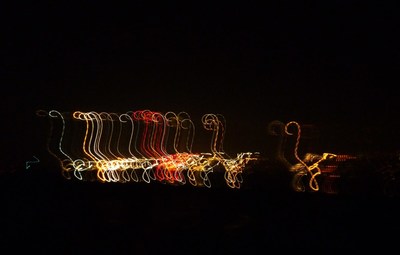
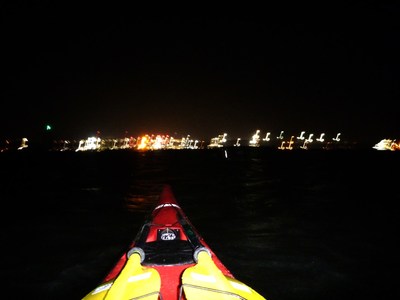
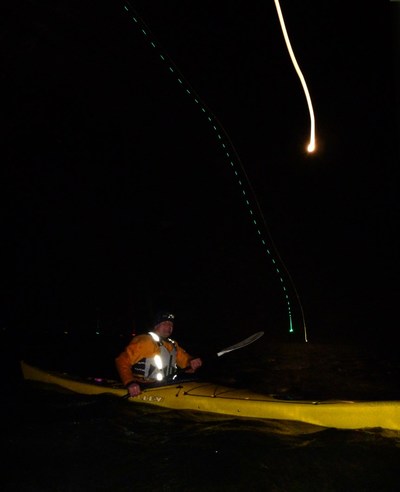
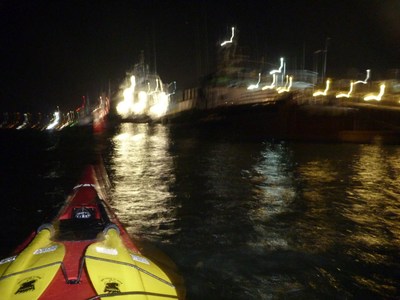
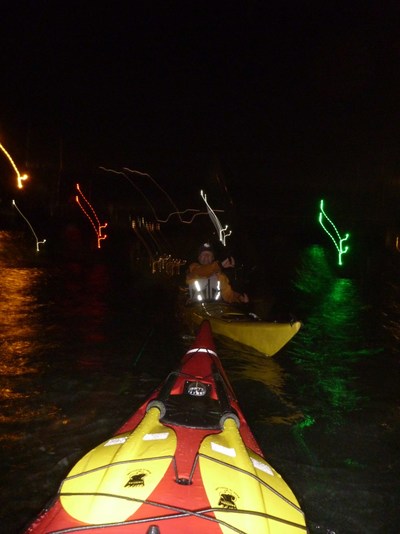
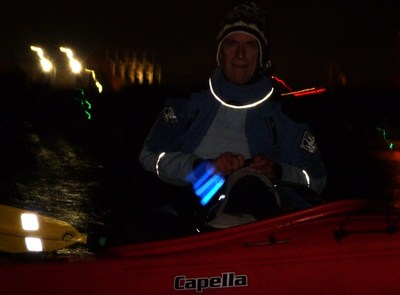
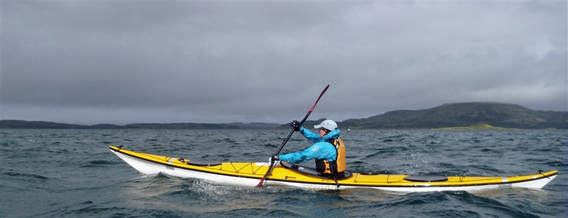
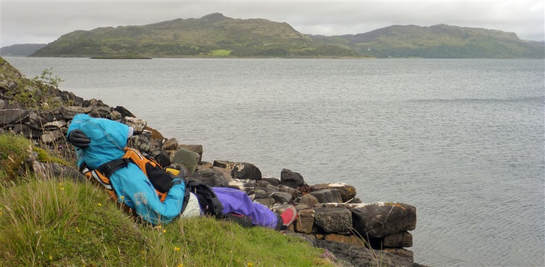
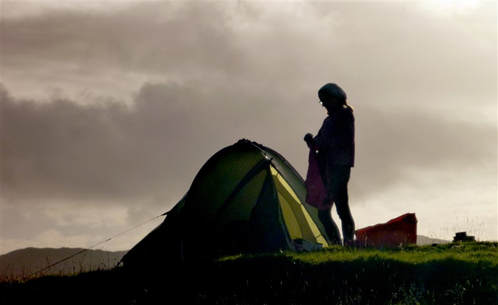
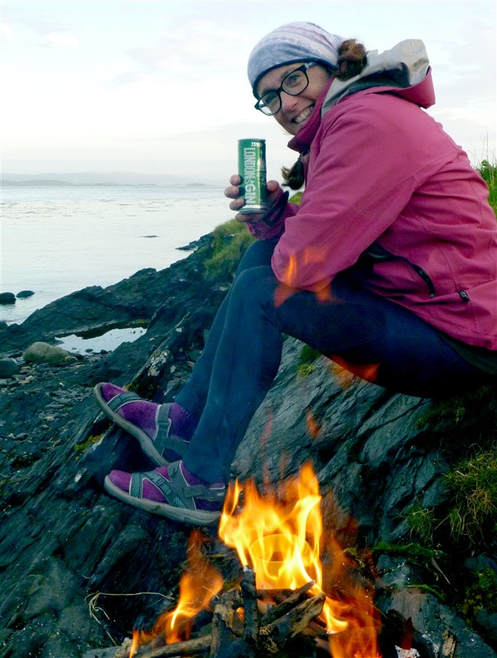
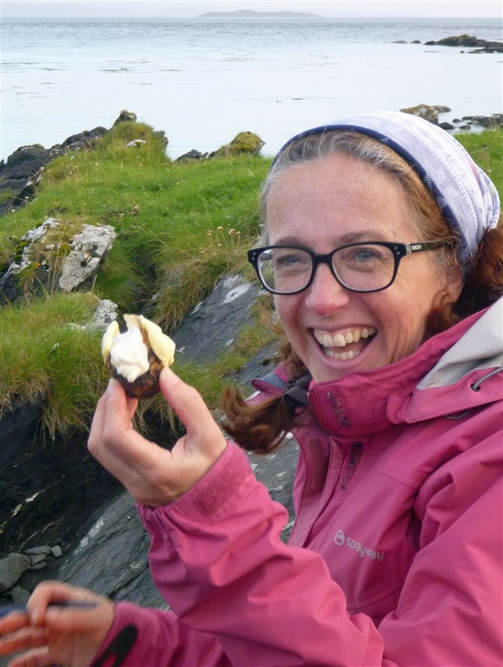
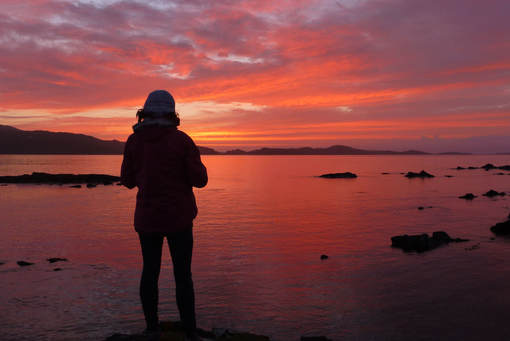

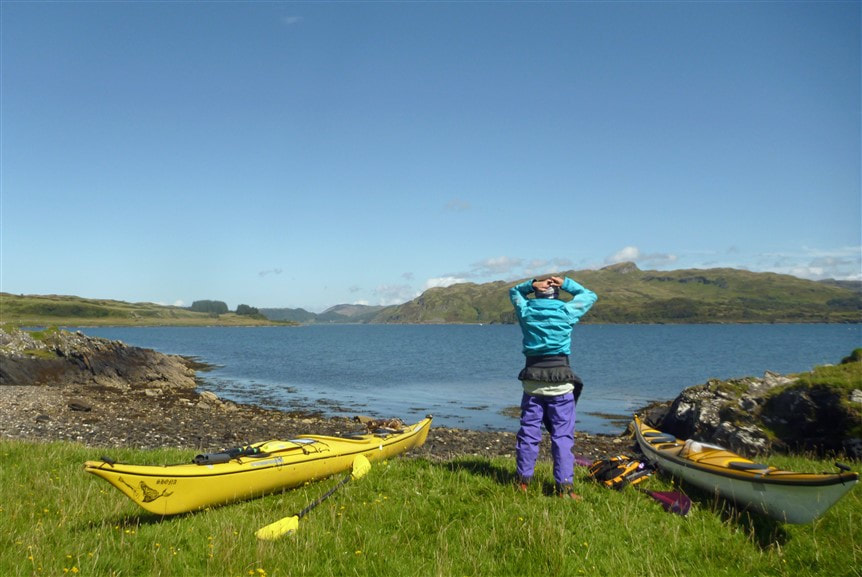
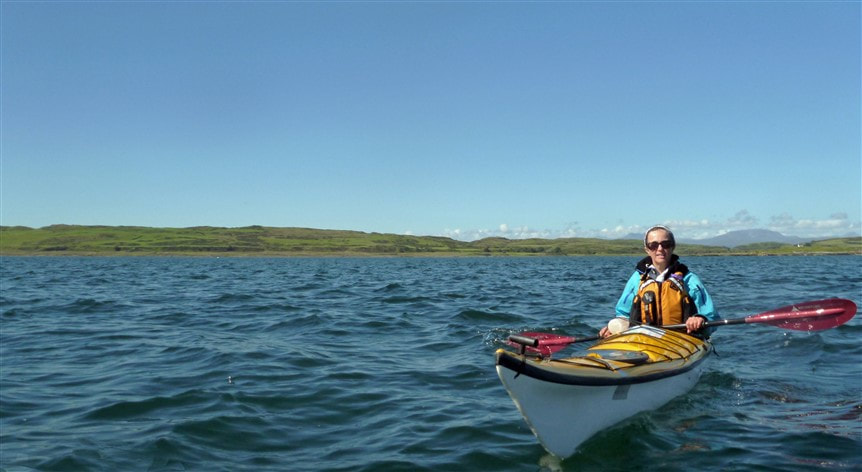
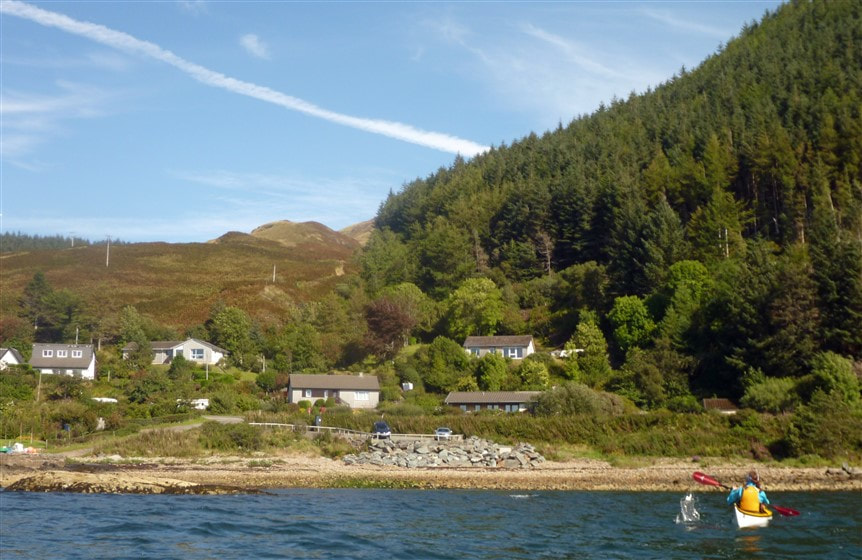
 RSS Feed
RSS Feed